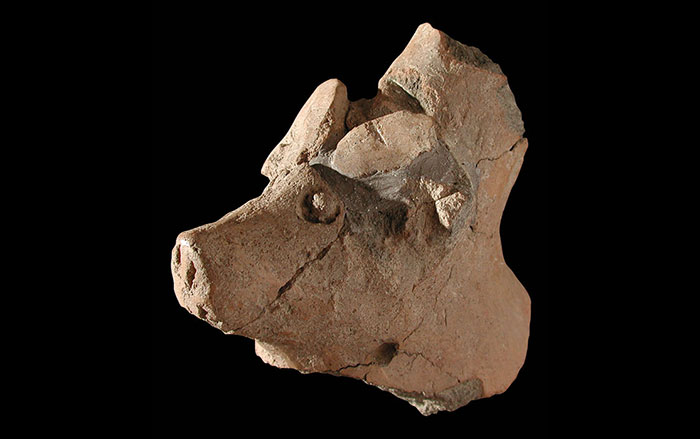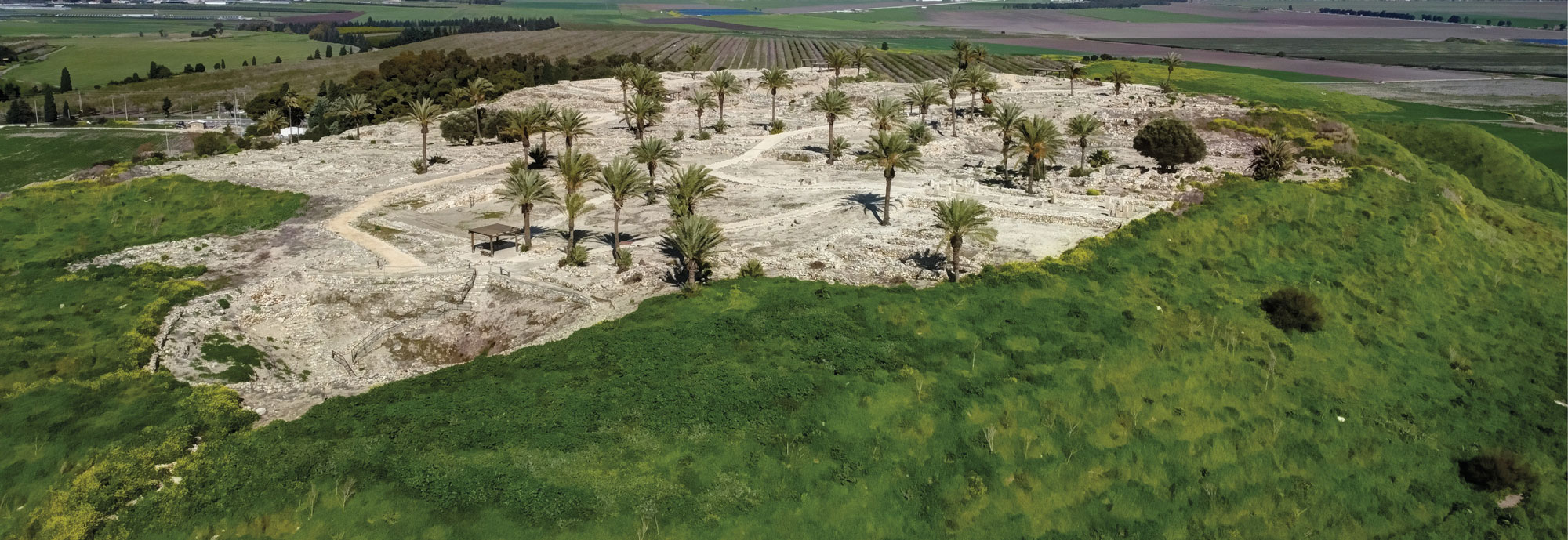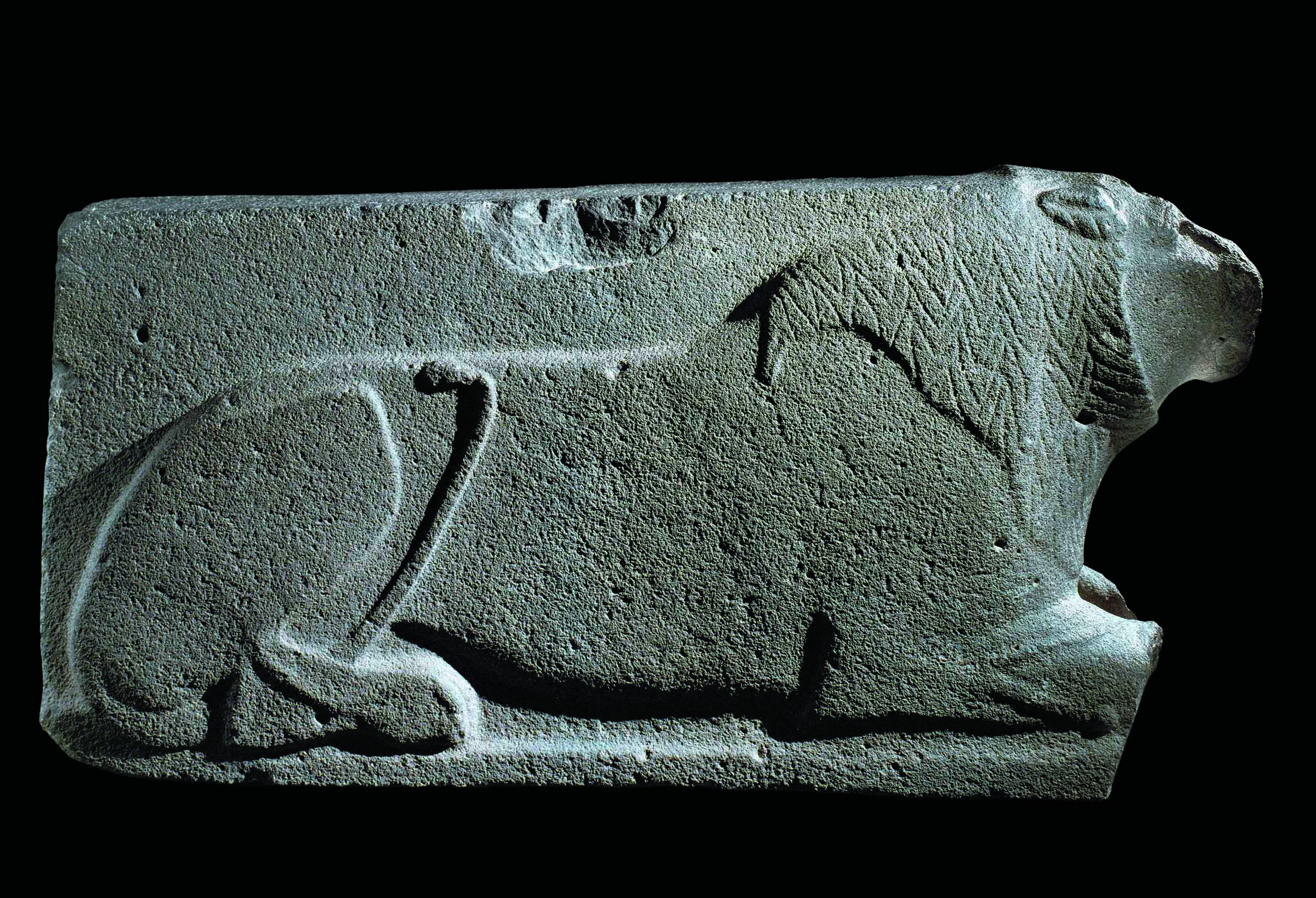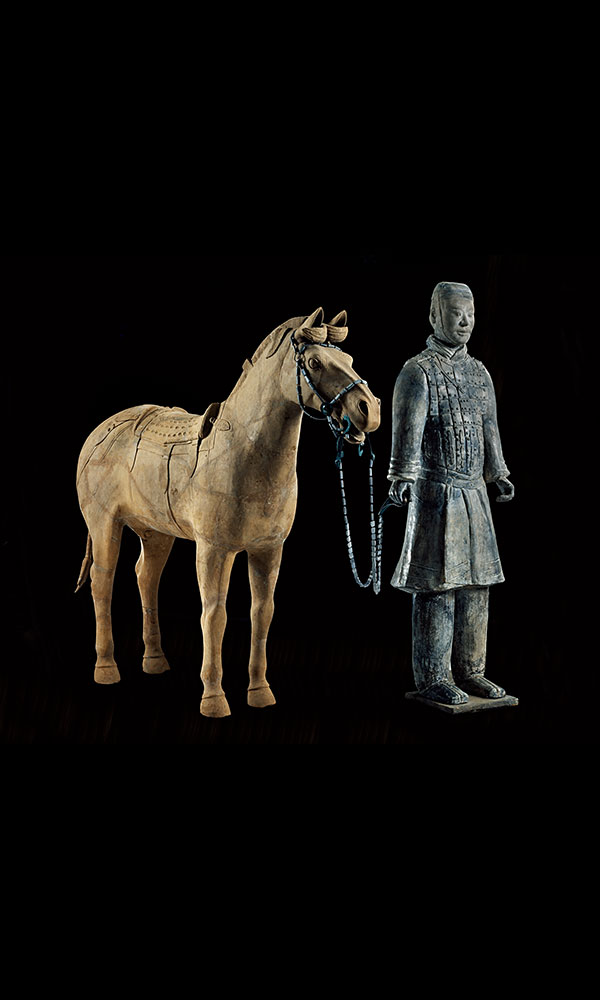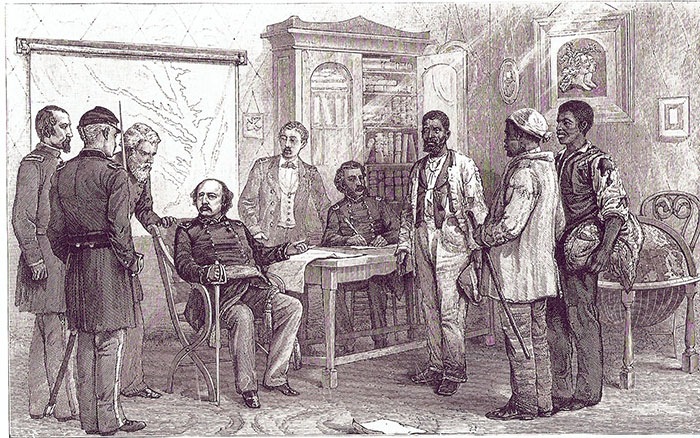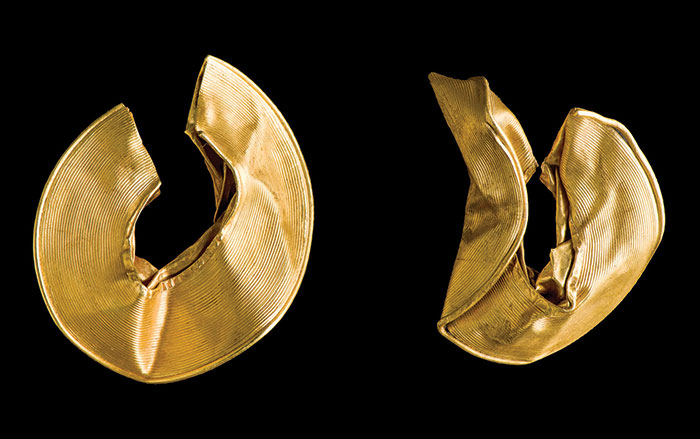
RAMAT GAN, ISRAEL—When the Philistines arrived in Israel, they ushered in an “agricultural revolution,” introducing several new plant species and cultivating a number of native species for the first time, according to a press release from Bar-Ilan University. The Philistines are one of the so-called Sea Peoples mentioned in the Bible and other ancient sources. Analysis of plant remains from Bronze Age and Iron Age sites from the southern Levant has revealed that when the Philistines arrived in Israel in the 12th century B.C., early in the Iron Age, they brought the sycamore tree and cumin, both from the eastern Mediterranean, and the opium poppy, from western Europe. The researchers also found that the Philistines were the first to take advantage of more than 70 species of plants that were already growing in Israel when they arrived, including purslane, wild radish, and saltwort. To read about figurines found at an Iron Age temple near Jerusalem, go to "Artifact."


